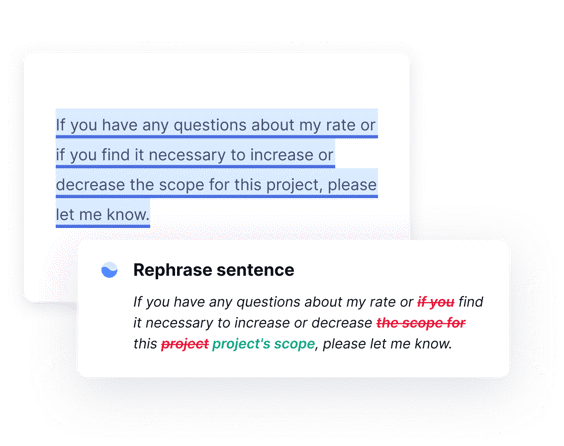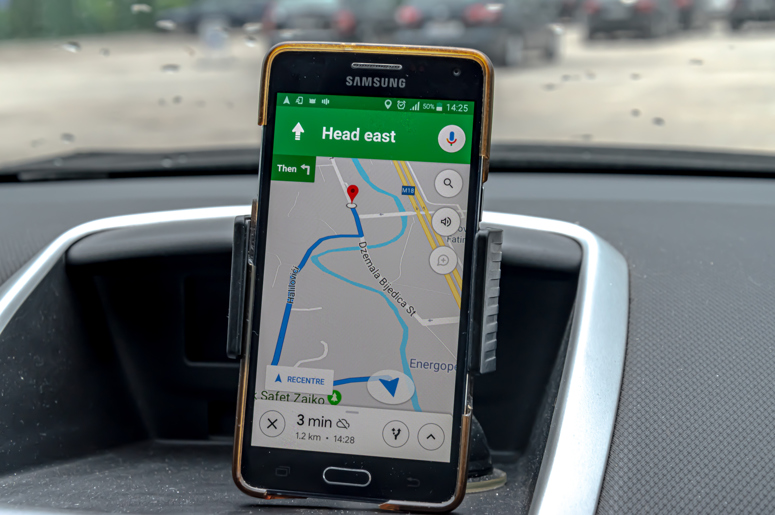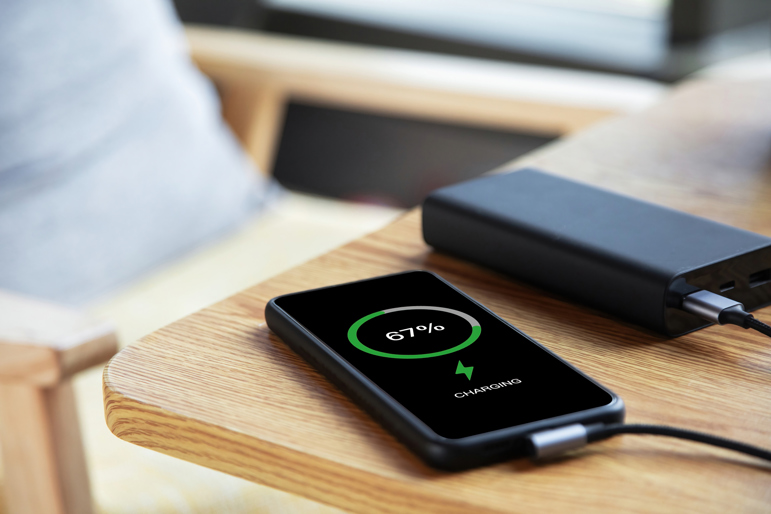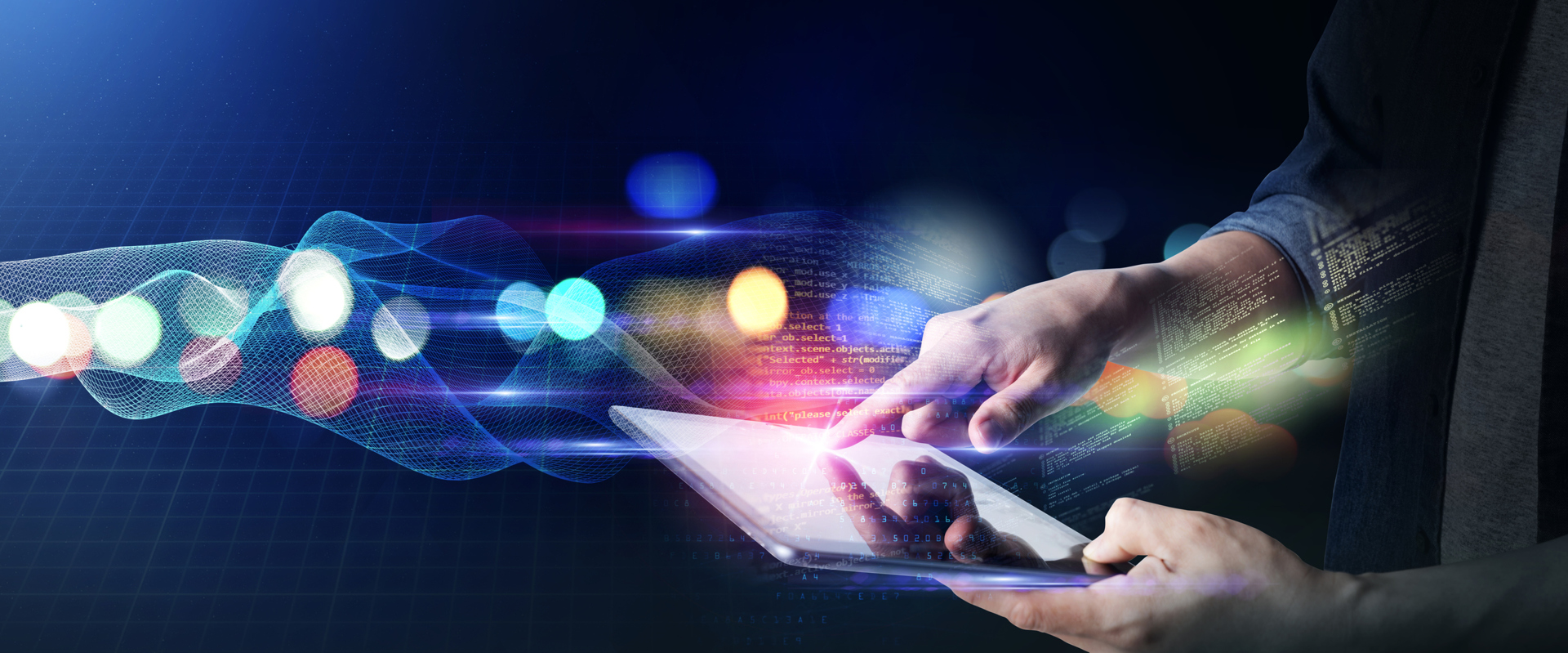Let’s be honest, artificial intelligence is incredibly intimidating if you’re on the outer edges of tech news and understanding. I felt the same way and still do to some extent. It’s easy to get caught up in headlines and social media pushes to understand and “get with the times” about all things AI. It feels like the stuff of science fiction movies, and to some extent it is. High-level AI and its capabilities do pose moral and ethical questions, but let’s bring it down a few notches and understand how you’re already using it without knowing it.
The wake up call
It wasn’t until I attended a marketing conference this spring that I realized how I was unknowingly relying on AI. The first keynote session of the day focused on AI and I was intimidated that the conference was opening with a topic I knew next to nothing about and was hesitant to engage in. It was a wake-up call that motivated me to figure out what applications to learn next.
Simply put—and there are broader, more detailed explanations out there—AI is an evolving technology that’s basic function is to consider all the possibilities and probabilities of an outcome before creating/generating solutions or content based on that data and the prompt it was given. AI is able to analyze an exponentially greater number of options than the human element can, making the technology of high value to a number of industries right now.
When ChatGPT launched in late 2022, the conversations about AI blew up. What’s next? Where do we go from here?
What you should have asked is, what’s out there that I’m already using?
Grammarly

Even as a writer with a Bachelor’s in English, I still use Grammarly all the time. It’s a cloud-based typing assistant that helps to clean up your writing in all forms (clarity, conciseness, basic grammar, spelling, etc.) You can turn it off on certain apps like social media, Slack, or Teams, but leave it active on emails and other programs where you are communicating with clients or prospects. You can use the free version which limits suggestions, but is still handy for basic emails and documents. Grammarly also features a paid premium option which allows for access to more focused suggestions around tone, uniformity, and plagiarism checks.
Music Playlists

The bittersweet beauty of radio was not having to select what you wanted to hear but hoping that your favorite station and DJ would just know. Music streaming platforms like Spotify and Amazon Music have stations or curated playlists based on your likes, repeat plays, and music library saves. That’s AI taking into account the data patterns of your music streaming habits and delivering listening suggestions. If you “like” a suggested song or add it to your library, future songs and playlists will take that into consideration. The same works in reverse if you “Unlike” or remove/skip a song.
Google & Apple Maps

Remember the days of printing step-by-step instructions off your computer after battling dial-up internet? Now, in just a few seconds, you have multiple options at your fingertips. Again, analyzing all the route options and obstacles, AI suggests the best path to take for drivers, pedestrians, and public transit users. The mapping technology also takes into account information submitted by law enforcement, traffic entities, and regular users to indicate speed traps, accidents, and closures.
Adaptive Battery & Optimized Charging

A setting you may or may not realize your smartphone or computer has, Adaptive Battery or Optimized Charging (depending on your Android or Apple preference) learns your usage patterns and charges accordingly. For example, when you plug your phone in at night and set a morning alarm, the AI technology utilized by Adaptive or Optimized considers your regular usage patterns until the alarm time. It will restrict the charging rate, keeping the battery hovering around 80% until your detected patterns indicate you’d need a full charge. We’re all guilty of leaving our devices plugged in way past 100%, which can deteriorate your battery life over time. This technology helps to make the most efficient use of your battery.
Quick Reply/Smart Compose

Predictive text is another everyday example of AI usage. From emails to texts and internet searches, apps like Quick Reply (and similar applications) analyze user and standard grammatical language patterns to formulate suggestions on which word or phrase to type next. Smart Compose is formulated email and messaging responses you can select on the go instead of typing out a reply. Selecting a Smart Compose or Quick Response option allows you to reply and send with the touch of a button. Like Grammarly, predictive text is an example of AI writing assistance we utilize daily without really realizing its AI.
Now that you understand the more manageable side of AI and the concepts you’re using daily, where do you go from here? Our suggestion is to keep a close eye on Microsoft’s upcoming release of Microsoft 365 Copilot. Whether for personal or business use, Copilot will change the way you stay productive by with an assistant that integrates with your Microsoft applications.
